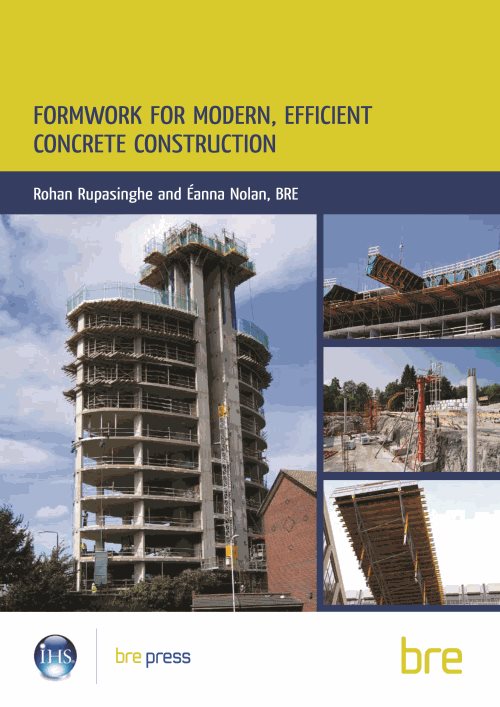Table-form/flying-form
A table form/flying form is a large pre-assembled formwork and falsework unit, often forming a complete bay of suspended floor slab. It offers mobility and quick installation for construction projects with regular plan layouts or long repetitive structures, so is highly suitable for flat slab, and beam and slab layouts. It is routinely used for:
- Residential flats
- Hotels
- Hostels
- Offices
- Commercial buildings
Benefits
- Fast construction for large floor layouts.
- Fully assembled units can be manoeuvred quickly into place.
- Using appropriate quality control, high-quality surface finishes can be achieved.
- Reduced long-term workforce requirement on site.
- The need for infill areas and decking joints is minimised.
- Individual components of the formwork system can be precisely adjusted.
- Repetitive nature of the work makes it easier to plan construction activities.
Safety
- Decking with non-slip surfaces can be used to enhance safety.
- Interconnected truss members provide a stable working platform.
- Repetitive nature of work ensures quick familiarity of safety procedures.
- Falsework units can be assembled at ground level minimising work at height.
- Table formwork systems can include standard health and safety features such as guard rails.
Other considerations
- The system requires enough space around the new construction to fly the table unit beyond the building line on everyday use.
- The supporting slab must be capable of carrying high loads at bearing locations.
More information on formwork can be sourced from Formwork for Modern Efficient Concrete Construction, published by BRE.
Formwork for Modern, Efficient Concrete Construction
